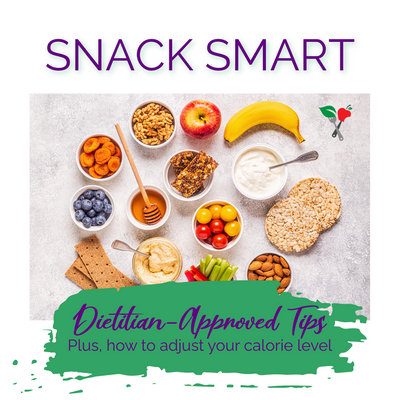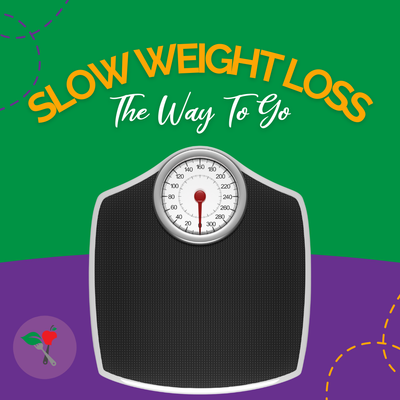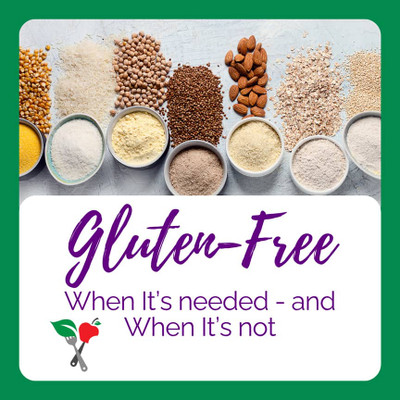Is Salt Bad for You?
Is salt really bad for you? That is a tricky question. There is some good in it, because it is vital for bodily functions. But too much of a good thing is never good!
A small amount of salt on a daily basis is important for the functioning of healthy cells. In fact, we couldn’t live without it. It’s a major component of extracellular fluid, and is essential for normal metabolism. Besides helping to maintain fluid balance and cardiovascular function, sodium also play an important role in the nervous system, allowing for nerve transmission.
How much salt is TOO much salt?
With that being said, the human body only needs about 200 milligrams of sodium, or about 0.5 gram of salt, each day to function properly. Yet, the average American consumes a whopping 3,500 milligrams daily while the American Heart Association recommends consuming no more than 1,500 milligrams of sodium daily to keep your body healthy.
This huge imbalance between what our bodies need, and what we actually feed it, causing a plethora of health issues. Kidneys excrete the excess sodium in our diet, but if there is too much, they have trouble keeping up.
Why too much salt is bad
As sodium accumulates, your body holds onto water to dilute the sodium. This increases both the amount of fluid and volume of blood in the system. Increased blood volume means more work for your heart and more pressure on blood vessels. Over time, the extra work and pressure can stiffen blood vessels, leading to high blood pressure, heart attack and stroke. It can also lead to heart failure. There is also some evidence that too much salt can damage your heart, aorta, and kidneys without increasing blood pressure, and that it may be bad for your bones, too.
And despite best intentions at the gym, you could unknowingly be sabotaging your efforts every day by eating too much salt. Sodium attracts water like a sponge, so it increases fluid in the body. This fluid increase then leads to puffiness and bloating, and can even increase body weight by about 3 pounds. This puffiness shows on our faces, as well as in the gut area.
While many of us think we don’t eat a high salt diet, because we forgo the salt shaker -- it simply isn’t true! Most people aren’t aware that we get about 80 percent of our salt from processed foods. And that includes 'healthy' stuff like whole-grain bread and turkey breast lunchmeat. Since salt is used as a preservative, anything found in a grocery store that’s in a bag, box or can is full of sodium.
So, how can I manage my salt intake?
To cut down on salt intake, it’s essential to eat fresh, whole foods. As I always say, ‘shop on the perimeter of the grocery store’ and pick up only fresh foods like fruits, vegetables, fish, meat and unprocessed grains. This requires home cooking, so you have complete control over the salt level. Although a low salt diet may be hard to adjust to, many find that reducing salt in the diet changes salt preferences and improved taste buds…not to mention improves one’s overall health and future health!
Looking for a meal plan that's low in sodium and also helps control diabetes, heart disease, high blood pressure, and helps lower cholesterol? Seattle Sutton's Healthy Eating has numerous menu options to help you maintain that healthy lifestyle you need most!








 Weight Loss
Weight Loss Health & Wellness
Health & Wellness Diabetes
Diabetes Heart Health
Heart Health Motherhood & Family
Motherhood & Family Dietary Restriction
Dietary Restriction Other Health Conditions
Other Health Conditions About SSHE
About SSHE


